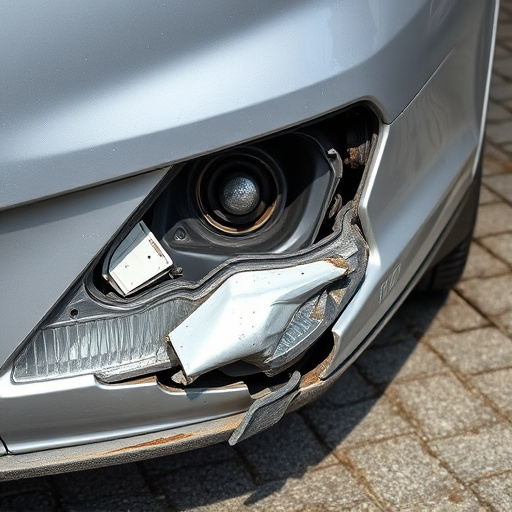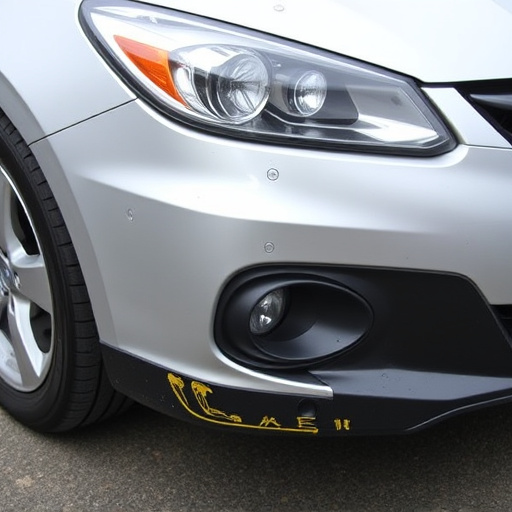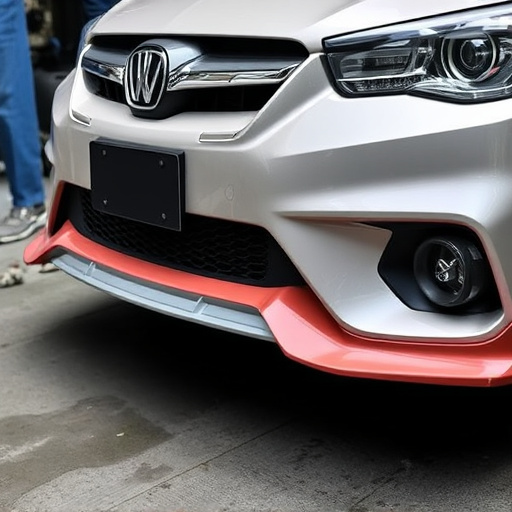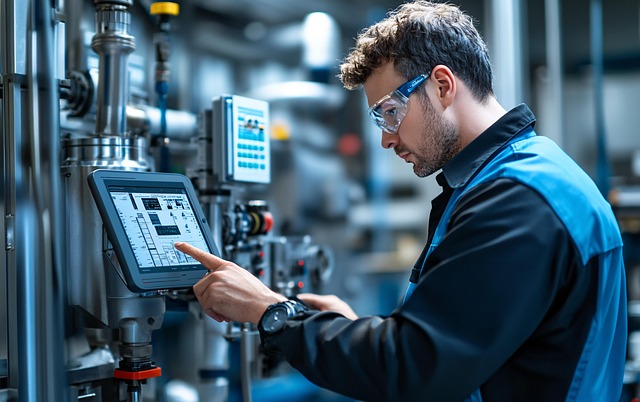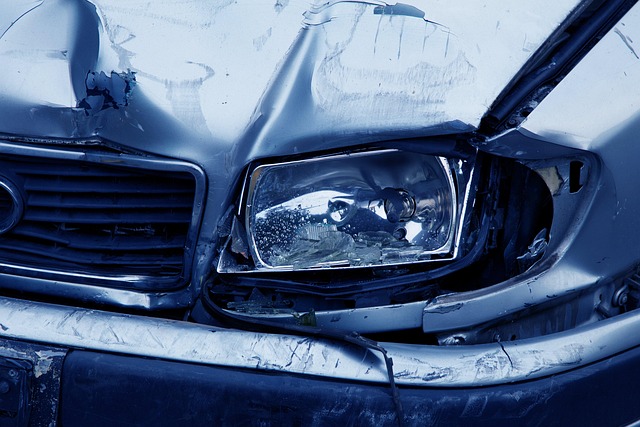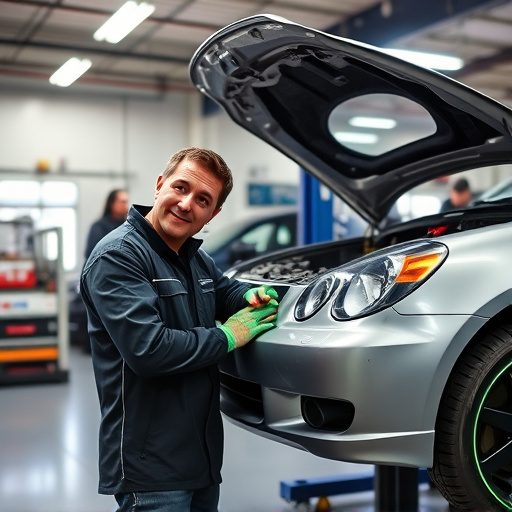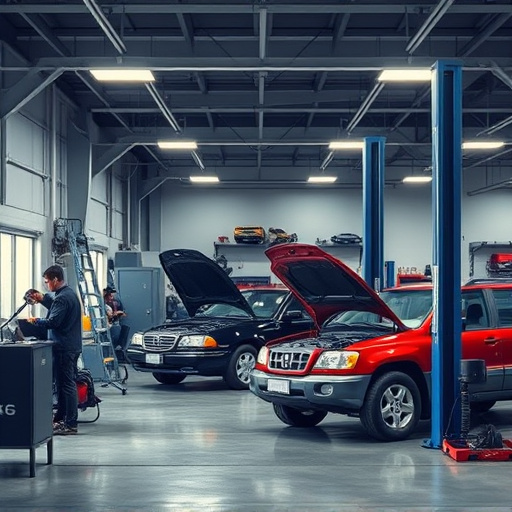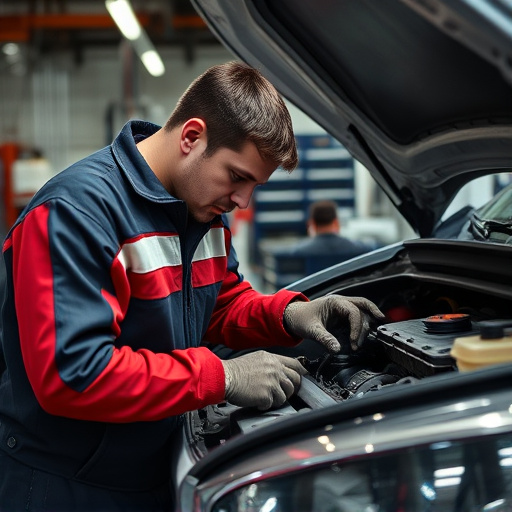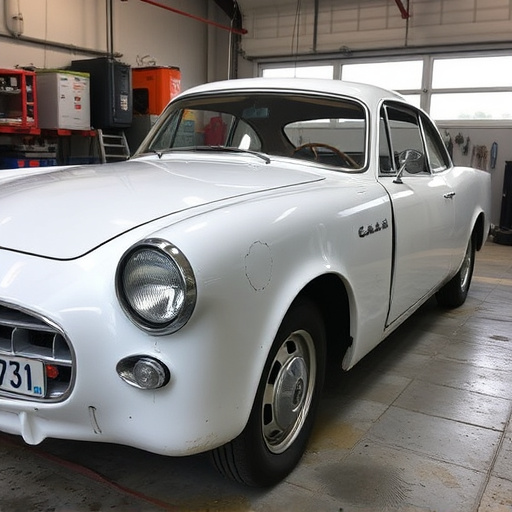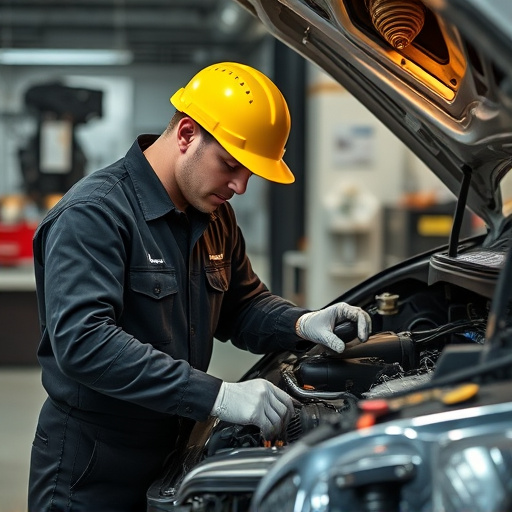Factory seam duplication poses high demands on technicians, requiring precision, expertise, and consistent quality in a tight tolerance environment. Advanced techniques like laser technology and CAD software streamline processes, minimizing damage and enhancing efficiency. Standardized protocols, high-quality tools, and digital design software further ensure error-free results across various repairs, from luxury to autobody work, revolutionizing factory seam duplication.
In the fast-paced world of manufacturing, achieving perfect seam duplication is paramount for maintaining product quality. However, technicians face unique challenges in the factory environment, from unpredictable material behavior to intricate design complexities. This article explores these hurdles, providing insights into techniques that ensure accurate seam replication. We also delve into risk mitigation strategies and efficiency enhancements, offering solutions to streamline factory seam duplication processes.
- Unique Challenges in Factory Environment
- Techniques for Accurate Seam Duplication
- Mitigating Risks and Enhancing Efficiency
Unique Challenges in Factory Environment
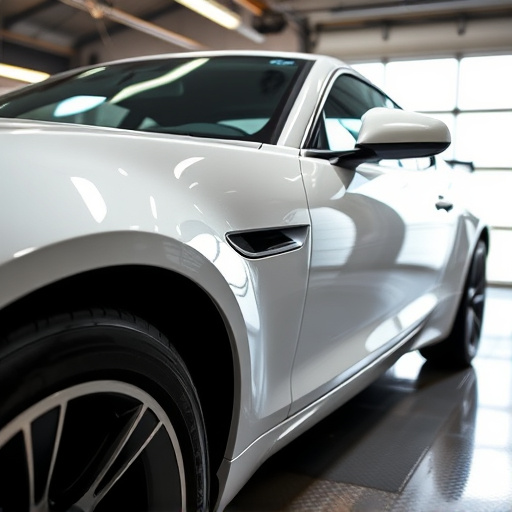
The factory environment poses unique challenges for technicians engaged in seam duplication tasks. Unlike in car collision repair or automotive body work settings where damage and variation are expected, factory production lines demand consistency and precision. Every component must meet stringent quality standards to ensure the final product’s reliability and safety. This requires technicians to work within tight tolerances, often with limited room for error. The high-pressure environment, coupled with the need for speed and efficiency, can lead to increased stress levels among workers.
Additionally, factory seam duplication work demands a deep understanding of intricate manufacturing processes and specific techniques. Technicians must possess keen observational skills to identify subtle nuances in material properties, joint lines, and existing seams. They then apply their expertise to replicate these seamlessly, ensuring the new duplicates are precise and consistent with the original components. This meticulous attention to detail is crucial in maintaining the overall quality and integrity of factory production.
Techniques for Accurate Seam Duplication

Technicians engaged in factory seam duplication face a delicate task, requiring meticulous precision and specialized skills. To achieve accurate results, they employ various advanced techniques. One common method involves the use of laser technology to precisely cut and reshape the existing seam, allowing for a seamless blend with the new material. This process demands utmost care to avoid damaging the surrounding areas.
Additionally, computer-aided design (CAD) software plays a pivotal role in facilitating accurate measurements and ensuring consistency throughout the duplication process. By digitizing the original seam pattern, technicians can precisely duplicate it on the car body repair or collision damage repair sites, making auto repair services more efficient and reliable.
Mitigating Risks and Enhancing Efficiency
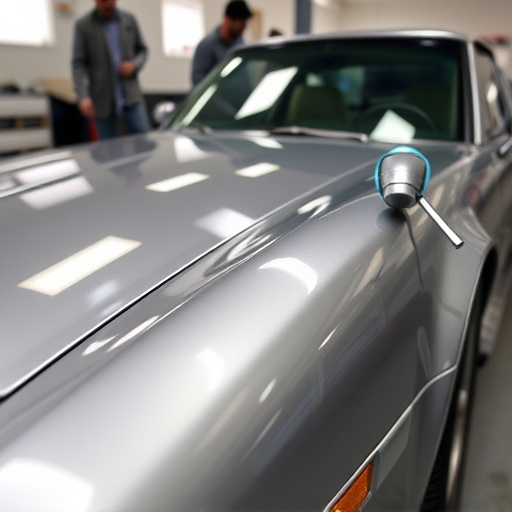
In the realm of factory seam duplication, technicians face unique challenges that demand a delicate balance between precision and efficiency. To mitigate risks associated with this intricate process, adopting standardized protocols and utilizing advanced equipment is paramount. By implementing best practices, such as using high-quality adhesives and specialized tools designed for seamless integration, technicians can ensure consistent results across multiple projects, whether in luxury vehicle repair, bumper repair, or autobody repairs.
Enhancing efficiency in factory seam duplication involves streamlining workflows and leveraging technology. Digital design software enables technicians to plan and visualize seams before execution, reducing errors and waste. Additionally, automated systems for material application and curing further optimize the process, allowing for quicker turnaround times without compromising quality. These strategies not only safeguard against costly mistakes but also empower technicians to deliver superior workmanship in even the most demanding autobody repair scenarios.
Factory seam duplication presents unique challenges, but with the right techniques and strategies, technicians can enhance efficiency and mitigate risks. By understanding the specific obstacles in a factory environment and adopting accurate duplication methods, these professionals can produce consistent, high-quality results. This not only improves product consistency but also contributes to streamlined manufacturing processes, ultimately benefiting the overall production workflow.

